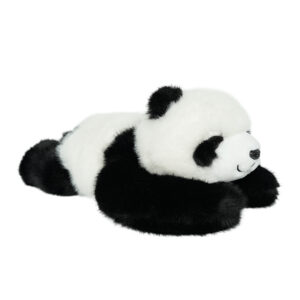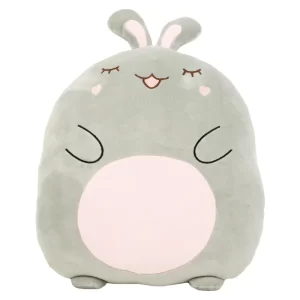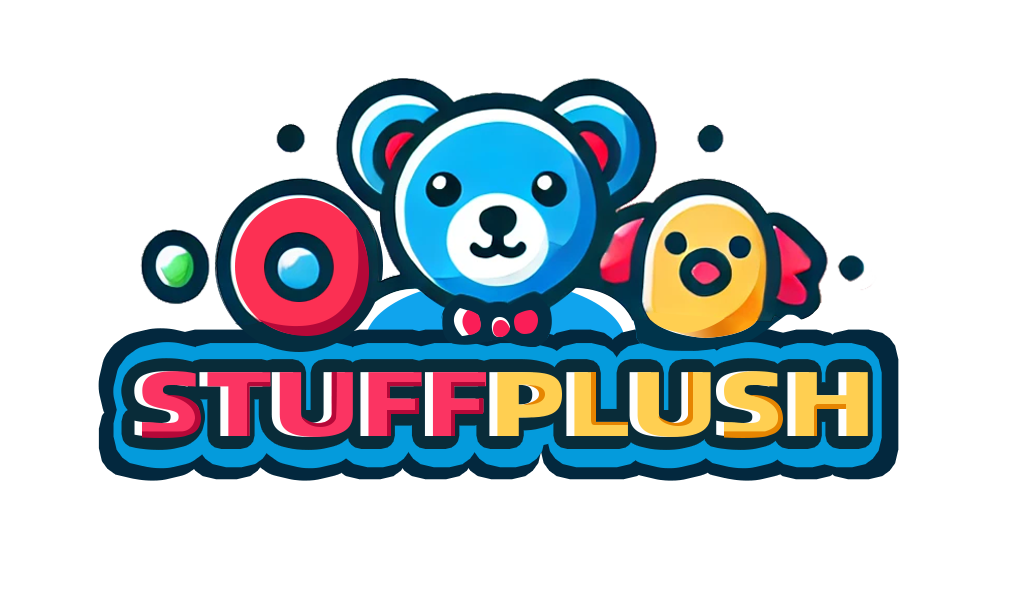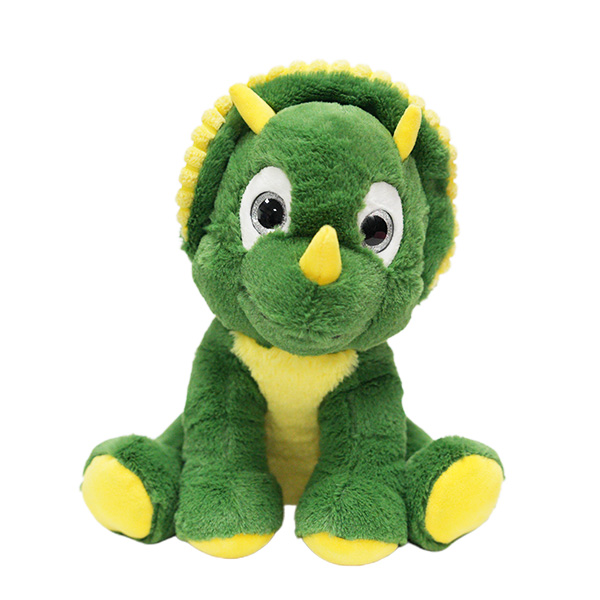There is nothing in the world that can be correlated with the comfort of a soft pillow. It can be a decorative accessory, a plaything for children, or a resting head for sleep; hence, it becomes one of the basic accessories that every household will always have. However, many people are unaware of the specific factors that make a pillow “soft,” how it achieves this, and the best methods for cleaning and maintaining it.
The main information includes the characteristics of the plush pillows, the materials and construction of these, the methods of filling, stitching techniques, and, most importantly, the proper washing and care processes for retaining their softness and shape over time without damaging them.
What Are Plush Pillows?
A plush pillow refers to a stuffed cushion covered in soft and fuzzy material (commonly known as plush, minky, or velvet) filled with synthetic or natural filling, besides the main filling to give more volume and bounce. Pillows made of plush have an extremely smooth surface, with a touch of luxury to them. They are very comfortable. Their function can be:
- throw pillows
- hugging pillow
- plush toys for kids
Travel and neck pillows made of soft plush covers. The feel of a plush pillow emanates from its pile fabric surface, where fine fibers stand up straight in all-fluffy and velvety to the touch, warm feeling that is also attractive to look at.

How to Wash Plush Pillows?
Cleanliness is necessary to keep the pillow soft and maintain hygiene. All plush pillows do not bear the same cleaning treatment—some can be machine washed, others need spot cleaning, and dry cleaning has to be used for the rest.
-
Read the care label.
Always check the manufacturer’s care label before washing. It will guide you on how to wash (whether by machine, hand, or dry clean), what water temperature to use, and drying instructions, as well as any ironing or bleach restrictions that may apply.
-
Machine Washing
Most plush pillows, regardless of whether they are filled with PP cotton or microfiber, will probably spill to allow machine washing.
Steps:
- Put a pillow inside a laundry bag to maintain shape.
- Use cold or lukewarm water at 30°C / 86°F.
- Apply a gentle or delicate cycle.
- Use mild detergent͏
- After washing things, make sure you do another rinse. This helps get rid of any leftover detergent stuff.
-
Hand Washing
For delicate or specialty plush pillows:
- – Fill the tub with lukewarm water and mild detergent.
- – Submerge the pillow and swish gently; do not twist.
- – Rinse well until the water runs clear.
- – Gently squeeze to remove excess water.
-
Drying
Air-dry flat on a towel in a shaded, well-ventilated area, never in direct sunlight (may cause color fade). To hasten the drying process, tumble dry with very low heat, together with dryer balls for fluffing the filling.
-
Spot Cleaning
If you have stains or spills, use a damp cloth with mild soap. Gently wipe the area and let it air dry.
Fabric Source and Density of Plush Pillows
The softness and durability of plush pillows depend heavily on their fabric quality, including fiber source, pile length, weight (gsm), and abrasion resistance.
| Parameter | Description | Typical Range / Standard |
| Pile Length | Determines softness and visual texture | 1–15 mm |
| Fabric Weight (gsm) | Refers to grams per square meter; affects density and warmth | 200–400 g/m² |
| Anti-Pilling Grade | Measures resistance to fiber ball formation | Grade 3–5 |
| Abrasion Resistance | Indicates wear resistance | ≥ 10,000 rubs |
-
Length of pile
A short pile (i.e., between 1 and 3 mm) will feel smooth as well as dense, while a long pile (between 10 and 15 mm) will feel extra fluffy; however, dust may be trapped more easily within a long pile.
-
Weight of Fabric (GSM)
Heavier plush fabrics (350-400 gsm) are warm and thick, thus used for winter pillows; lighter fabrics between 200-280 gsm allow air to flow through them and hence are preferred for summer use.
-
Anti-Pilling and Durability
High-quality plush fabrics have undergone anti-static and anti-pilling treatment. Therefore, they last long and do not shed or fuzz easily.

Plush Pillow Filling Techniques
The inner filling pretty much dictates the feel of a plush pillow, how it bounces back, and how it keeps its shape over time. Now, let’s go over the most common types of filling materials used in plush pillows:
-
PP Cotton (Polypropylene Fiber)
Fluffy, light in weight, and hypoallergenic.
Very good resilience, easy to clean.
Mainly used for baby’s plush toys and decorative cushions.
-
Microfiber Filling
Ultrafine polyester fibers;
similar to down but without cruelty and anti-allergenic.
It has a fine, silky texture and homogeneous support.
-
Down Alternative
Feels soft like down but bounces back like synthetic fibers.
Good for making luxury or hotel pillows that are very soft.
Keeps its shape better than natural down when it’s wet outside.
-
Memory Foam
Used in soft pillows that help the neck, offers the best shape support and pressure relief, and is usually used with a cover that can be taken off for added comfort.
Sewing and Structural Design of Plush Pillows
The build quality of a plush pillow leads to durability and safety for children’s products.
-
Ways of Closing
Invisible Zipper: Mostly used on home pillows because washing is easier.
Stitched Seal: Used in stuffed toys and products safe for children.
Velcro or Button Closures: Decorative cushions have them.
-
Stitching Density
Stitch count has to be tight (about 10-12 per inch) so that no filling material leaks out.
-
Inner lining or liner bag
Some include an inner cover or secondary cover that holds the filling together. This makes sure that the filling does not come out when washed.
-
Zipper Design
Smooth zippers are preferred to be made from nylon or resin material, as metal ones may cause scratches and are prone to corrosion.
-
Reinforced for Children
Children’s plush pillows have double stitching, reinforced seams, and non-detachable accessories for enhanced safety.
Dyeing, Finishing, and Safety of Plush Pillows
Plush fabrics are subjected to the processes of dyeing and finishing after sewing, thereby improving color, softness, and safety.
- Reactive Dyeing: gives bright color and wash durability.
- Softening finishes: provide additional smoothness as well as anti-static finishing. Formaldehyde Free Treatment: ensures hypoallergenic performance.
- OEKO-TEX / EN71 Certification: gives fabrics a safety guarantee for baby and children’s use.
Safe plush pillows must pass the international textile safety standards test for not causing skin irritation or leave toxic residue.

Plush Pillows Benefits
- Comfortable support: Soft filling with an elastic outer layer to efficiently distribute pressure will help relax your neck and shoulder muscles.
- Decoration: Various designs and colors can jazz up your home in your bedroom or living room, along with a cozy look.
- Emotional Stress Relief: The Smooth texture of a plush pillow imparts a soothing effect and helps heal as well.
- Multi-purpose Use: Can be used as a cushions, a hug, a nap pillow, a car pillow, etc
Plush pillows are suitable for
- For kids and youth: the fine ‘skin-feel’ is reassuring, and therefore they can serve as security pillows or just plush interior decorations
- For office workers and students: can be conveniently used for rest on the table, as well as to dispel fatigue of the neck and shoulders
- For Housewives: mostly put on the seat, laid in the bedroom, or kept in the car, plush cushions give a comfortable and warm look
- Gift lovers: Since there is such a variety of cute designs, they make for perfect presents for holiday seasons or anniversaries.
- People with sleep apnea: Plush firm quality filling cradles the feather-soft support, making it ideal for people who like to have a gentle touch.
Plush Pillow FAQs
Here are some of the most common user concerns and expert answers.
Q: Who Are Plush Pillows Made For?
A: Plush pillows are for adults who want luxury comfort. Children need soft hugging pillows. Decor lovers appreciate texture and looks. High-quality plush pillows do not cause allergies and are good for sensitive skin.
Q: Which Is More Important: Fabric or Filling?
A: Both matter. The fabric sets the feel, strength, and cleaning ease of the pillow. The filling sets how soft, springy, and supportive it is. A mix gives the best comfort (e.g., microfiber + short pile plush).
Q: Are Plush Pillows Fully Machine Washable?
A: Only if labeled ‘machine washable.’ Always use your gentlest settings and never use hot water. For large pillows or structured pillows, just take off their covers before washing.
Q: Safety for Children or Babies
A: Ensure:
Non-toxic dyes
No detachable parts (buttons, beads)
Certified hypoallergenic filling
Reinforced seams to prevent choking hazards
Q: Are Plush Pillows Seasonal?
A: While often associated with winter due to warmth, plush pillows are also available in lightweight summer-friendly versions using breathable short-pile fabrics.
Q: Do Plush Pillows Shed or Lose Fibers?
A: Low-quality plush may shed, but premium anti-shedding fibers prevent this. Regular cleaning helps maintain appearance.
Q: Can They Cause Allergies?
A: Most synthetic plush pillows are anti-mite and allergen-resistant, unlike natural down. However, dust accumulation can trigger allergies if not cleaned regularly.
Q: Are Plush Pillows Customizable?
A: Yes, many manufacturers offer:
Custom shapes (heart, animal, emoji)
Personalized embroidery or logo printing
Fabric and color customization
Different filling densities for comfort levels
Conclusion
Plush pillows are a factor of visual attraction with great comfort support, thus a basic element in contemporary households. They represent factors of softness, strength, and easy care for the young who are kids to the old who are adults as well.
When picking or washing a plush pillow:
- Look more at fabric density and filling quality.
- Follow the proper way of washing it.
- Make sure the material is certified safe, especially for kids.
Be it a cute animal stuffed toy, a decorative throw pillow for the sofa, or something as fluffy as clouds to sleep on at night—knowing what goes into making them and how to take care of them will ensure that your soft, plump, clean plush pillows remain so for long.



